Manual Handling
Safe manual handling ensures you and your staff avoid injury in the workplace. Employers have a responsibility to protect their employees and comply with the Manual Handling Operations Regulations 1992 (MHOR). While anyone who carries heavy loads should also learn the proper techniques to perform their job role safely.
This online manual handling course complies with the Manual Handling Operations Regulations 1992 (MHOR) and shows you how to perform a risk assessment, understand the TILE Model, create control measures, and carry out safe manual handling throughout your day. The course features, videos, written text, and simple quizzes.
This training is perfect for delivery workers, heavy manual labourers, construction site workers, office workers, and more.
- Fully accredited organisation
- Meets the Manual Handling Operations Regulations 1992 (MHOR)
- Compatible with PC, Mac, iOS, and Android devices
- Printable PDF e-certificate upon completion
- Online course with no time limits
- Estimated duration: 2 hour 10 mins.
- Free for up to five users
Receive a custom quote
If you want to buy in bulk or access more LMS features, fill in the form or email hello@tayl.net.
Thank you!
We will be in touch soon.
Training you can trust
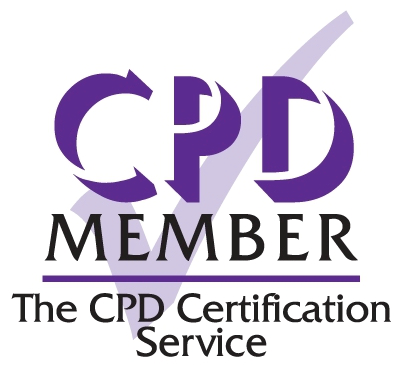
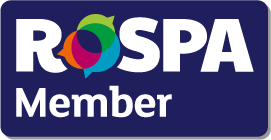
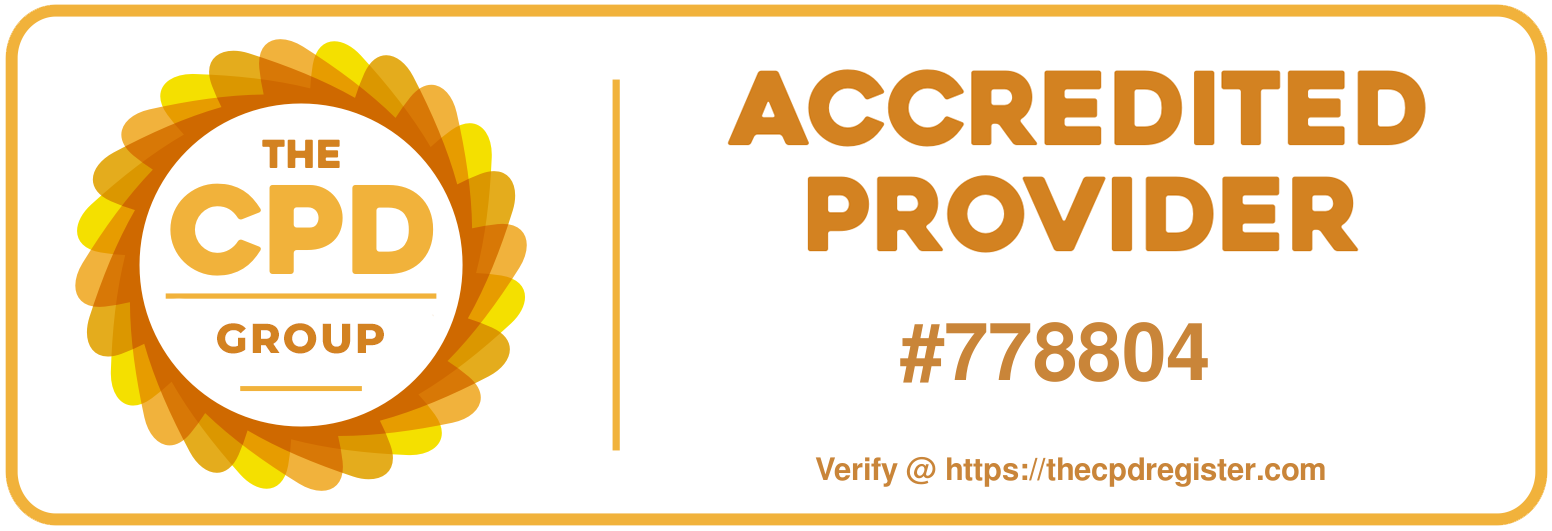
Course Content
Course Content
What is Manual Handling?
Defining what manual handling is; the Manual Handling Operations Regulations (MHOR) 1992; short-term and long-term risks and injuries; mental health issues; employer and employee duties; and reporting injuries and RIDDOR.
Signs of Incorrect Manual Handling
Signs of incorrect manual handling; actions that have a higher risk of causing injury; physical responses that indicate someone is struggling; manual handling injuries; and musculoskeletal disorders.
Risk Assessments
Avoiding, assessing and reducing manual handling activity; the 5 steps of a risk assessment; identifying hazards and TILE; who might be harmed and how; evaluating risks; recording the significant findings; and reviewing and updating the risk assessment.
Safe Manual Handling Techniques
The differences between foodborne illness, food poisoning and foodborne disease; common causes of food poisoning; types of food poisoning bacteria; and types of food poisoning viruses.
| Module | Description |
|---|---|
| What is Manual Handling? | Defining what manual handling is; the Manual Handling Operations Regulations (MHOR) 1992; short-term and long-term risks and injuries; mental health issues; employer and employee duties; and reporting injuries and RIDDOR. |
| Signs of Incorrect Manual Handling | Signs of incorrect manual handling; actions that have a higher risk of causing injury; physical responses that indicate someone is struggling; manual handling injuries; and musculoskeletal disorders. |
| Risk Assessments | Avoiding, assessing and reducing manual handling activity; the 5 steps of a risk assessment; identifying hazards and TILE; who might be harmed and how; evaluating risks; recording the significant findings; and reviewing and updating the risk assessment. |
| Safe Manual Handling Techniques | The differences between foodborne illness, food poisoning and foodborne disease; common causes of food poisoning; types of food poisoning bacteria; and types of food poisoning viruses. |
How it Works
Our Manual Handling e-learning course is delivered online through our Tayl platform. This means you can complete this course on any device that can access the internet, and you can take a break at any time and save your progress. You can also add more users to your account, access more compliance training courses, and track who has done what.
Your Certificate
To complete your course and download your manual handling certificate, you need to have correctly answered enough questions in the quizzes throughout the course. You’re able to retake these quizzes as many times as you want. The certificate is printable and will be accessible at any time when you log into our platform. The certificate is saved on our system so you can use it to prove a commitment to ongoing legal compliance.
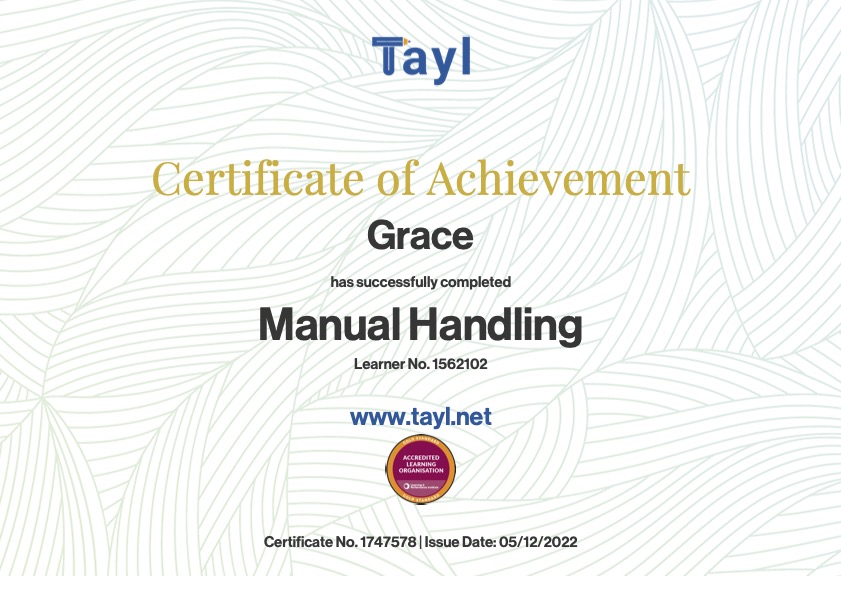
Access this course for free
Receive a custom quote
If you want to buy in bulk or access more LMS features, fill in the form or email hello@tayl.net.
Thank you!
We will be in touch soon.
Course Snippets
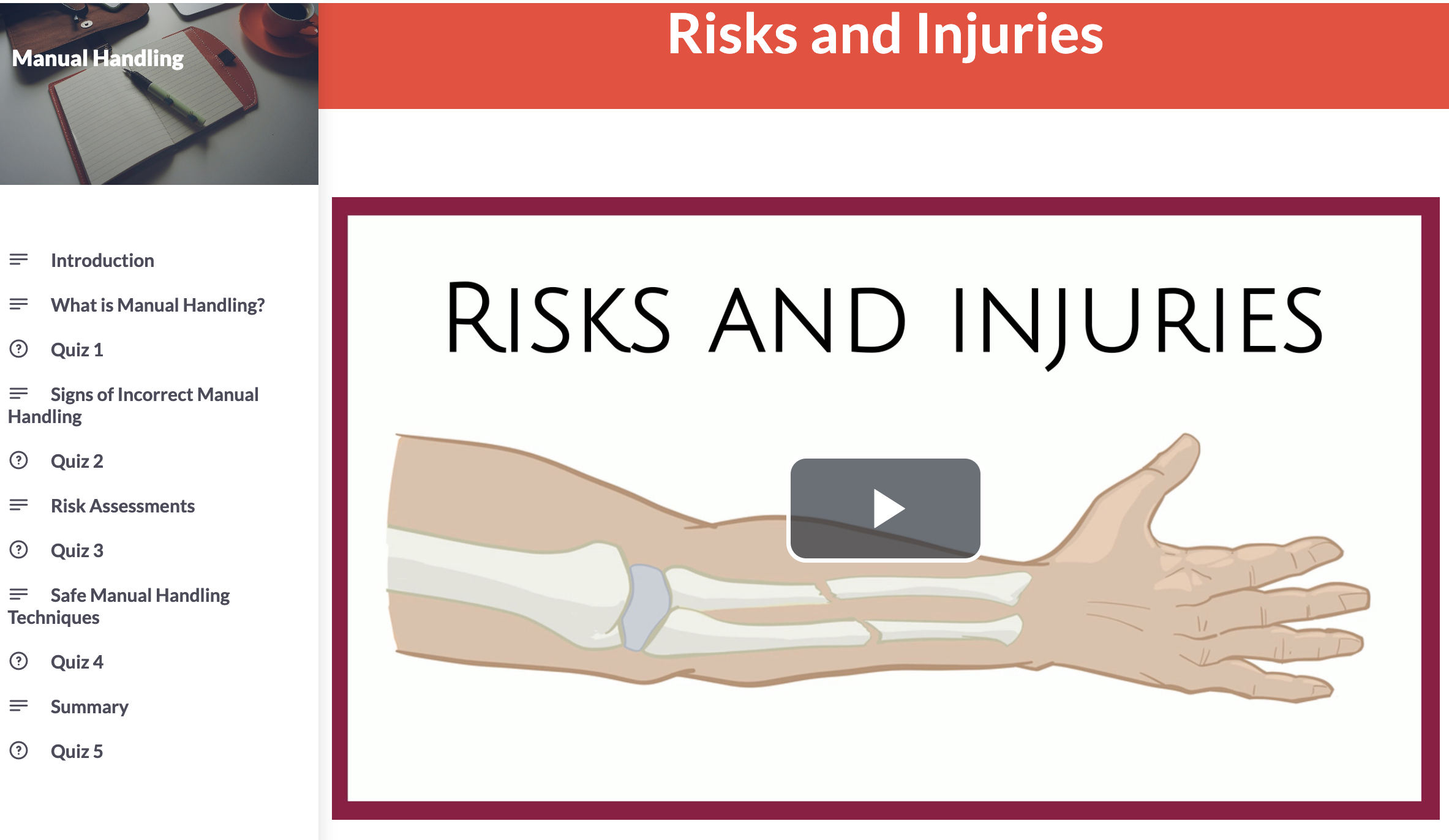
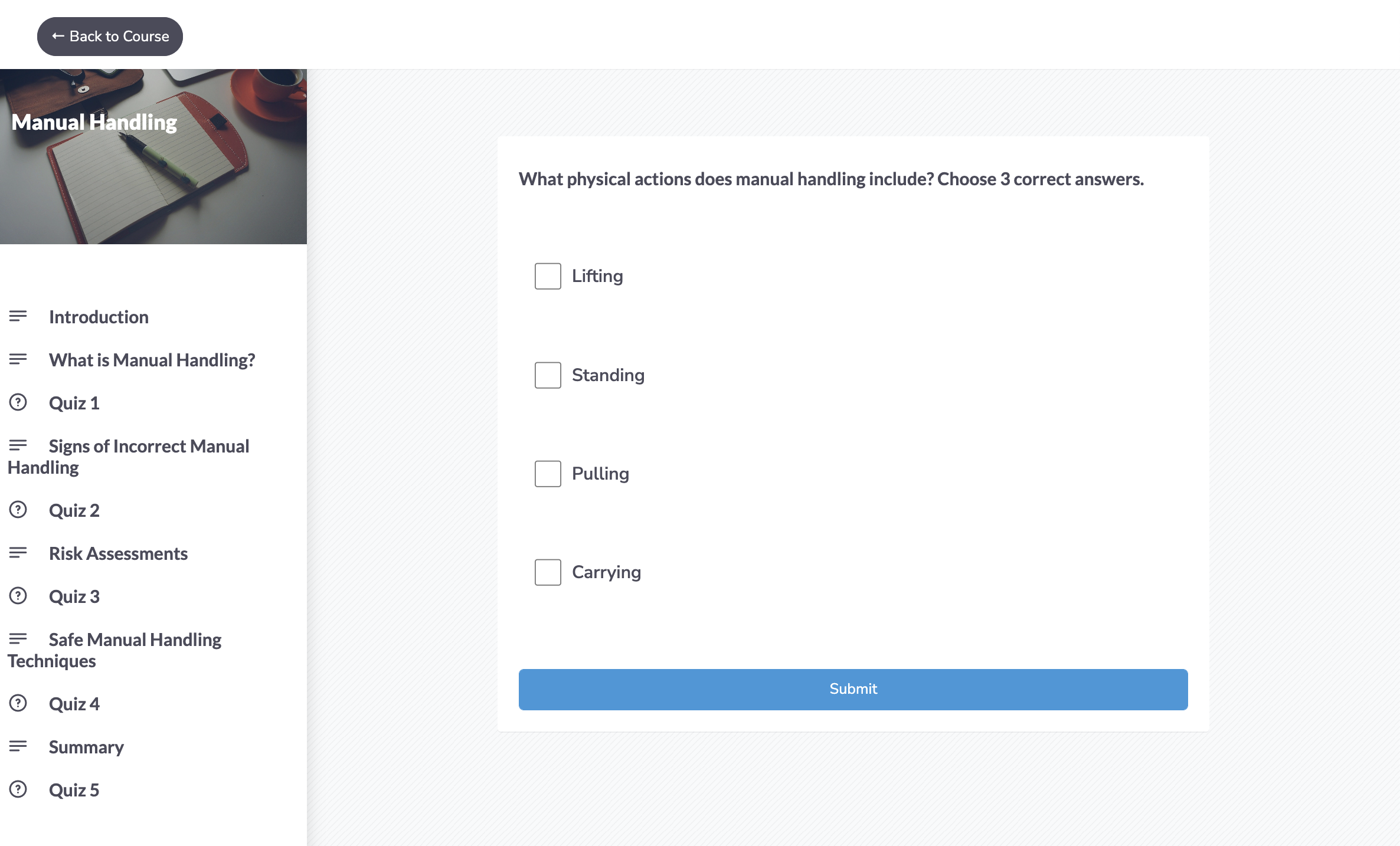
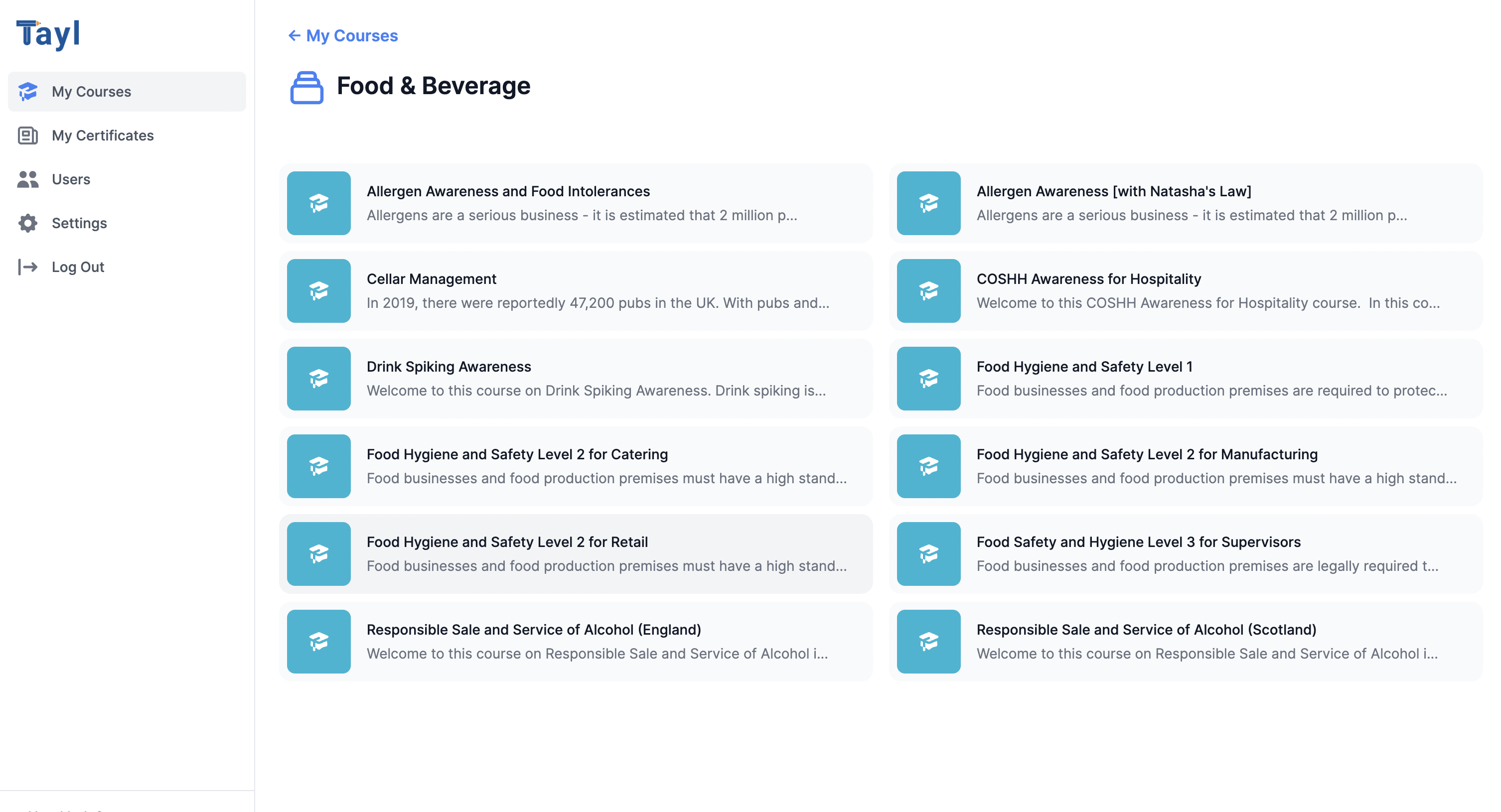

“Was one of the best courses I've done explained everything will definitely keep using this site”
Related Courses

Our allergens awareness course is designed to help businesses ensure their food products are safe for customers with allergies. You'll learn how to identify and manage allergens in the workplace, as well as the legal requirements for allergen labelling and tracking.

Our Fire Safety Awareness course is designed to help you stay safe and prepared in the event of a fire in the workplace. We'll teach you about how fires start and spread, how to prevent them, and what to do if one breaks out to ensure the safety of your staff and customers.
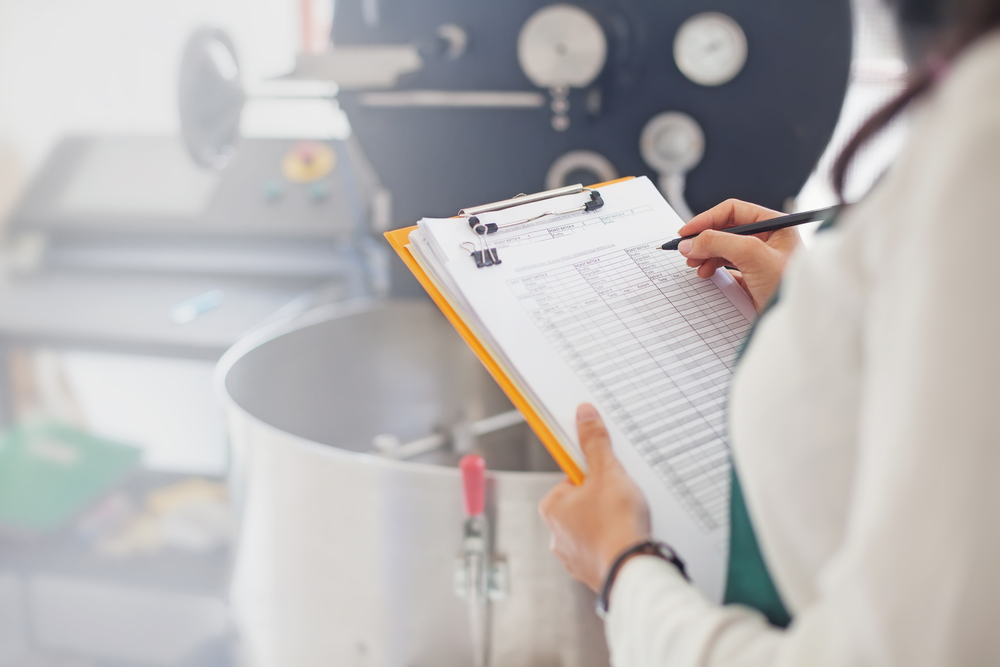
Our online HACCP Level 2 for Catering and Retail covers everything you need to know to ensure food safety in a restaurant, a cafe, or any retail food establishment.
Frequently asked questions
Got more questions? No problem, reach out to us at hello@tayl.net.
- Do I get a certificate?
- When you complete a course you're issued with a manual handling printable completion certificate at no extra cost.
- Can I retake courses?
- We understand that it can take a bit of time to understand the material. That's why you can have as many retries of a course as you need at no extra charge.
- Why is the course free?
- It's not a trick, you really get this course, certificates, and all our library for up to five users. You simply need a work email address. It's free because we believe in our product. And we think that once you try it, you'll come back to us again and recommend our system to your friends. So, what are you waiting for, get your course today.
- What devices do the courses work on?
- What devices do the courses work on?
- The courses work on any modern internet browser on any device. Whether you're using Chrome, Firefox, Safari or Edge on an iPhone, Android, Laptop or PC everything will work just fine.
- How does the money back guarantee work?
- Really easily. Just let us know you'd like a refund and we'll make it happen. No questions asked.
